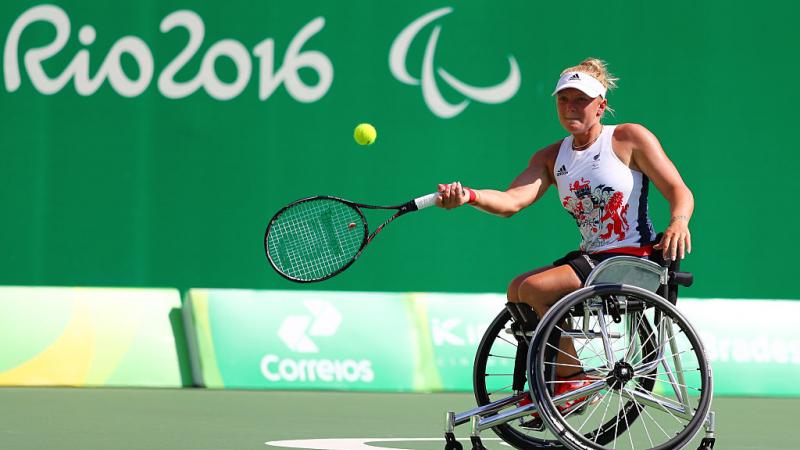The Wheelchair Olympics serve as a beacon of possibility, demonstrating the heights that can be achieved regardless of physical limitations. They challenge societal perceptions of disability, celebrate human resilience, and offer a platform for athletes to excel on an international scale. This event’s growing popularity helps foster a world where sports are accessible to all, encouraging a dialogue of equality and the recognition of the abilities of all athletes. The Wheelchair Olympics continue to inspire countless individuals, both on and off the field, making it a vital element in the progression towards a more inclusive sporting world.
Sports and Events
Wheelchair basketball, a cornerstone of the Paralympic Games, maintains the dynamic essence of its traditional counterpart. The primary adaptation is the “two-push rule,” where athletes can push their wheelchairs twice before they must dribble, pass, or shoot the ball. The courts, baskets, and balls conform to standard dimensions, emphasizing skill over mobility limitations.
In wheelchair tennis, athletes are allowed two bounces of the ball, providing a crucial tactical difference from traditional tennis, which permits only one. This adaptation opens strategic depth and extends rallies, making the game not only challenging but also exhilarating to watch. The size of the court and the height of the net remain unchanged, ensuring the sport remains challenging and engaging.

Athlete Profiles
The Wheelchair Olympics have been graced by numerous athletes whose prowess and stories of triumph have captivated audiences worldwide. Historical figures like Sir Ludwig Guttmann, who founded the Paralympic movement, paved the way for contemporary stars such as Tatyana McFadden and David Weir. McFadden, a wheelchair racer, has clinched multiple gold medals across different distances, demonstrating not only versatility but also unmatched endurance and speed. David Weir, known for his formidable presence in wheelchair racing, has accumulated a storied collection of Paralympic medals, underscoring the high level of competition and skill present in the games.
These athletes not only push their limits in pursuit of sporting excellence but also inspire new generations to view disability through a lens of capability and opportunity, fundamentally shifting perceptions and aspirations.
Technological Advancements
Significant advancements in technology have dramatically enhanced the performance and safety of athletes at the Wheelchair Olympics. Innovations in wheelchair design, such as aerodynamic frames and bespoke seating systems, optimize speed and stability, allowing athletes to achieve their best performances. Materials like carbon fiber reduce weight while increasing strength, making wheelchairs both durable and agile. Additionally, advancements in prosthetics and adaptive equipment provide athletes with improved mobility and comfort, further elevating their competitive edge.
The Enduring Impact of the Wheelchair Olympics
The Wheelchair Olympics serve as a powerful testament to the resilience and diversity of the human spirit. These games do more than just provide a platform for athletic competition; they challenge societal norms about disability, celebrate diversity, and inspire inclusivity.
Looking forward, the Wheelchair Olympics will continue to evolve, driven by technological innovations and an expanding global focus on equality and accessibility in sports. As more nations and athletes participate, the games promise to ignite new passions, foster greater understanding, and inspire the next generation of athletes to pursue greatness, regardless of physical limitations.

Recent Comments